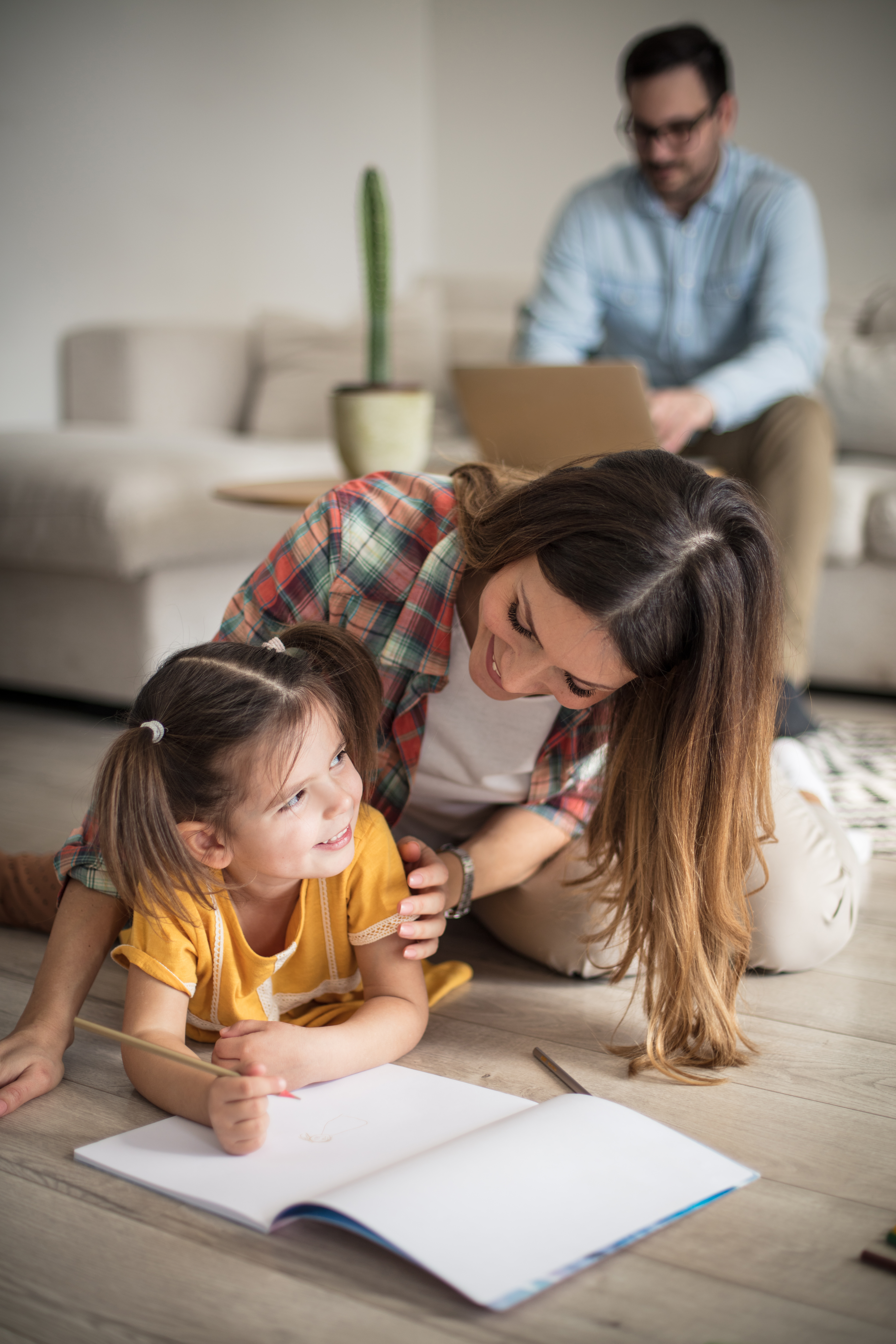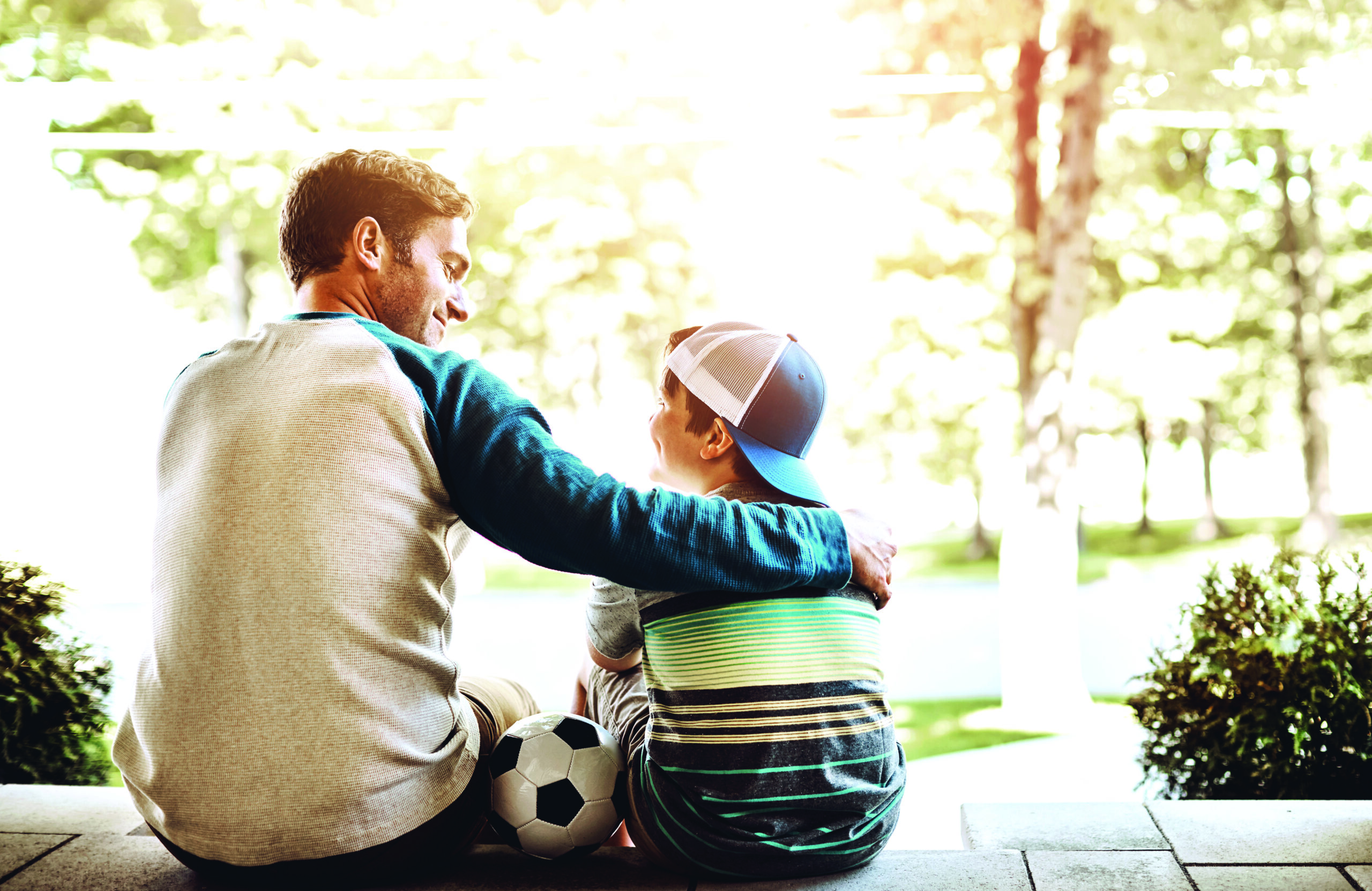By Diane Masiello
Children are born problem-solvers: just watch a 3-year-old trying to get a cookie from a high shelf. Her methodology won’t always be safe or sound, but she will try until she either falls or gets the treat. Parents’ dilemma is how to safely maintain and enhance children’s natural problem-solving skills as they grow.
According to Scholastic, parents can best help children of all ages develop problem-solving skills by providing them with creative and critical thinking opportunities. Creative thinking includes posing “what-if” and open-ended questions with many correct answers: What if we got a flat tire on the way to the airport? What route should we take to Grandma’s? What should we have for dinner? Critical thinking means letting kids come up with questions—and present answers—that may not at first make sense. Here, acceptance and patience are necessary. Critical thinking also calls on parents to answer a child’s question, not with an answer, but with another question or series of questions designed to help the child find the answer himself.
Experts agree on three main ways to use creative and critical thinking to help children of all ages learn problem-solving. While the sophistication of the problems—and their solutions— will differ depending on the age group, these techniques work on all children from preschoolers to teenagers.
- Watch and guide. Whether a child is 2 or 12, parents often feel compelled to rush in when a child encounters a problem. It’s easier to solve a problem for kids than to walk them through ways to solve it themselves. Yet parents help their kids more when they resist the urge to solve the problem, so long as there is no danger in doing so.
Does a toddler lose a toy under the couch? Don’t immediately retrieve it for her. Instead, watch her. She may figure it out for herself, or she may get frustrated. If she seems ready to give up or meltdown, help her break the problem into smaller pieces. Her arms aren’t long enough to reach the toy. Can she approach the couch from another angle? Does she need a tool? What tools are available? If the tool doesn’t work, what’s next? The same process works for a 12-year-old struggling with a friendship problem. Don’t solve it for him by calling the other kid’s parents or telling him how to handle it. Instead, ask open-ended questions that cannot be answered with a yes or no: Who is involved? What is the problem? What are the different ways to address the problem, and which feels most comfortable? What are the pros and cons of getting others involved? What are the possible ways the friend might react to each of these approaches? Then, ask what-if questions: What if you were in your friend’s shoes? How would you want this to be handled? What might make you act the way your friend is acting? How would you like your friends to respond if you acted that way? - Model problem-solving. Adults deal with multiple problems a day, ranging from work issues to what to make for dinner to ways to help a friend in need. Instead of silently ruminating, parents can include children in their problem-solving.
When they are young, the parent can narrate their thought process: “My friend isn’t feeling well, and I want to help. What can I do? Well, I think I can either help with the kids or make dinner. It might be too late to pick up the kids from school, so I’m going to make dinner. Do I have enough food in the refrigerator to make a different dinner, or do I have to go shopping?
What kind of dish do I have time to make and deliver?”
As kids get older, parents can move from narrating their thinking to allowing children to contribute answers. In the sick friend’s case, the kids might suggest bringing flowers or dessert, buying a gift card, making get-well cards, giving a phone call, including others in a meal train or carpool. While these are all ideas parents can (and may have already) come up with themselves, consulting the children and listening to their ideas is a great way to build their confidence and instill creative and critical thinking skills. - Embrace the power of failure. Studies have shown people learn more when they try and fail than if they succeed on the first try. Failure feels awful, but experiencing and then overcoming failure builds the resilience children need to succeed as adults. Engaging children in experiences that allow them to safely fail and then build from failure provides wonderful problem-solving opportunities. Some educators even advocate making experiences harder for children. For younger children, this might be asking them to build structures with differently shaped blocks. For older ones, it might be presenting them with ethical dilemmas where there is no ideal solution. Any activity which allows children to take risks and make mistakes will develop problem-solving skills.
In essence, teaching children problem-solving skills requires parents to resist the instinct to make life easy for their kids. The only way kids will build the skills and resilience needed to succeed in the world is to teach them to use creative and critical thinking skills to talk through multiple approaches to problems, take risks, recover from mistakes and overcome failure.








Leave A Comment